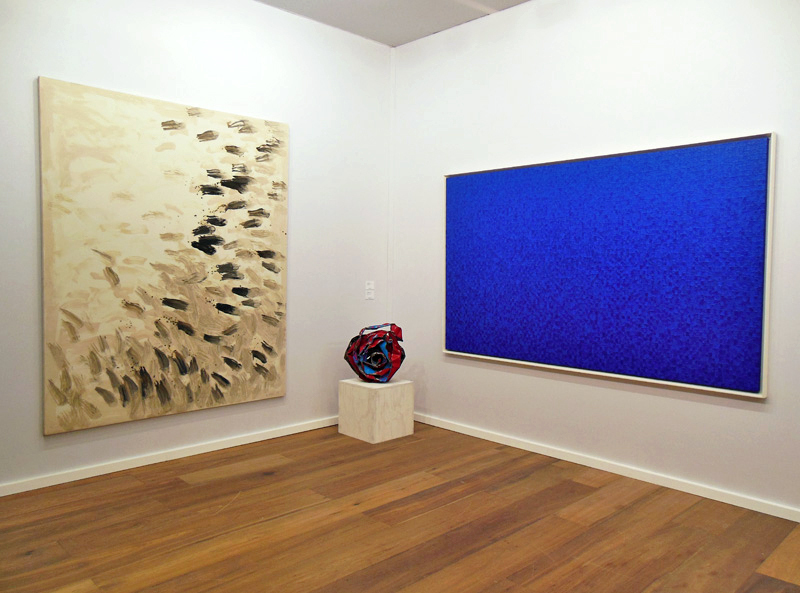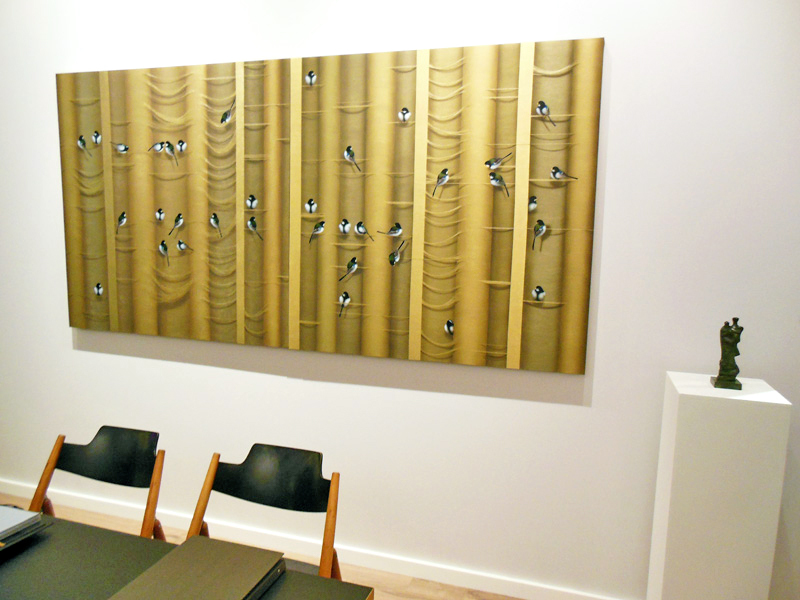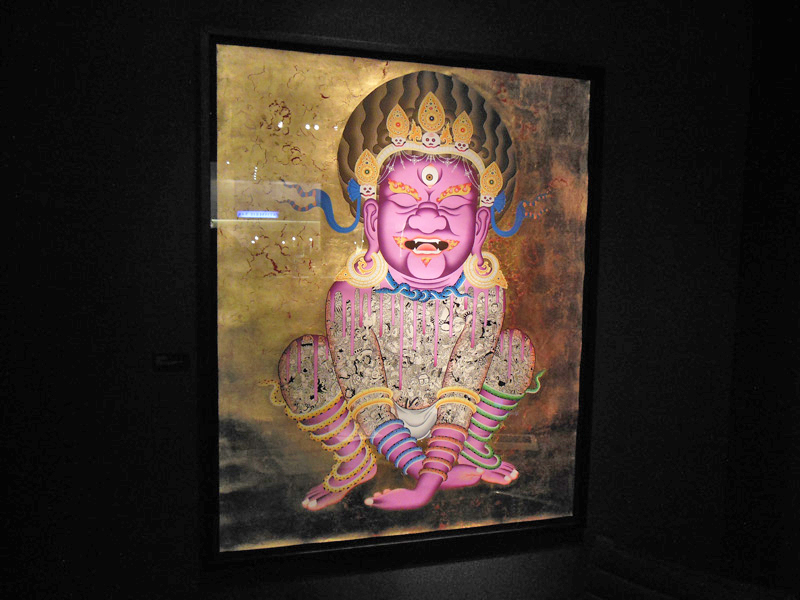
R
E
V N
E
X
T
Regarded as the world’s greatest art and antiques fair, The European Fine Art Fair—popularly known as TEFAF—launched its 29th edition on March 10 to a lively crowd of museum directors, curators, critics, collectors and sophisticated spectators.
This year’s fair, which runs through March 20 at the Maastricht Exhibition & Congress Centre in Maastricht, the Netherlands, features more than 30,000 objects—ranging from antiques, old masters works and modern and contemporary art to jewelry and design—offered by 270 exhibitors from 21 countries, including China, Korea and Japan.
Always stylish, TEFAF has been renovated for 2016, with the fair’s designer—Tom Postma, who also designs all three Art Basels—modifying the entrance and aisles to give it a more contemporary look.
“We decided to change the entrance of the fair to make the access much easier,” TEFAF’s new director Patrick van Maris (formerly the managing director of Sotheby’s Europe) told ArtAsiaPacific on opening day. “There used to be only one direction into the fair, straight ahead. Now you can also enter to the left or the right. The entrance is much broader and lighter. We’ve also better integrated the Works on Paper section and made some of the fair’s aisles wider. The whole look of the fair is much more 21st century, and the feedback from our collectors is overwhelmingly positive.”New to TEFAF 2016 is Pearl Lam Galleries, which has locations in Hong Kong, Shanghai and Singapore. Lam is showing lacquered, monochromatic paintings by artist Su Xiaobai and abstract expressionistic canvases by painter Zhu Jinshi, both hailing from China.
“TEFAF is one of the most interesting art fairs,” Pearl Lam stated, as we viewed the two painters’ works in her booth. “When we talk about Western contemporary art we always talk about modernism. We need to have something that cuts from the past and cuts from traditions. But when we talk about Chinese contemporary art, we talk about art that evolves from tradition, which completely contradicts the Western model. So the best platform for showing Chinese contemporary art is a fair like TEFAF, because we are talking about traditions here—everything is here, and the hierarchies are erased.”
Korea’s Gana Art, another regular exhibitor at the fair, chose to also show Western art, including abstract paintings by Jean Dubuffet and Gerhard Richter, and a figurative sculpture by Henry Moore. These were displayed alongside contemporary Korean works, such as realistic paintings of birds and cocktail glasses by Jung Hai-Yun and An Sung-Ha, respectively, and figurative sculptures by Choi Jong-Tai.
Michael Goedhuis Ltd., with galleries in London, Beijing and New York, brought Japanese antique bronzes from the Edo period (1603–1868), interspersing them with works by Chinese contemporary ink artists Koon Wai Bong, Lo Ch-ing and Wei Ligang. Meanwhile, Rossi & Rossi, from London and Hong Kong, has combined rare Tibetan antiquities with the work of contemporary Tibetan painter Tsherin Sherpa, who lives and works in California.
“We’re trying to introduce the contemporary Tibetan artists that we have been supporting for a number of years to the audience that’s more familiar with our classical works,” gallery owner Fabio Rossi told us at the fair. “Most of these artists have a strong connection to the art of the past, but at the same time they are expressing contemporary themes and using contemporary motifs. The best way to show their relevance is to integrate their work with a classical display.”
Other Asian art standouts at this year’s TEFAF include a 1961 metal abstraction by Japanese sculptor Shinkichi Tajiri and 1971 Pop art painting by Japanese artist Key Hiraga at The Mayor Gallery from London; several large works on paper by Korean contemporary master Chun Kwang-Young at Montreal’s Landau Fine Art; a couple of digital installation pieces by Japanese conceptual artist Tatsuo Miyajima at Berlin’s Buchmann Galerie; and a monochromatic mix of works by Gutai and Zero Group artists alongside a giant, carved alabaster disk by Anish Kapoor at Axel Vervoodt Gallery, based in Antwerp and Hong Kong.
Running into Anish Kapoor himself, strolling TEFAF’s aisles, we asked the Mumbai-born, London-based artist what brought him to the fair. “I’ve been coming for the past ten years. The fair always informs one’s eye,” Kapoor shared. “It’s a delight to see things from across culture, across age, and to see if new things stand up to old ones. Not all old things stand up, either, which makes it interesting.”
Paul Laster is New York desk editor for ArtAsiaPacific.





